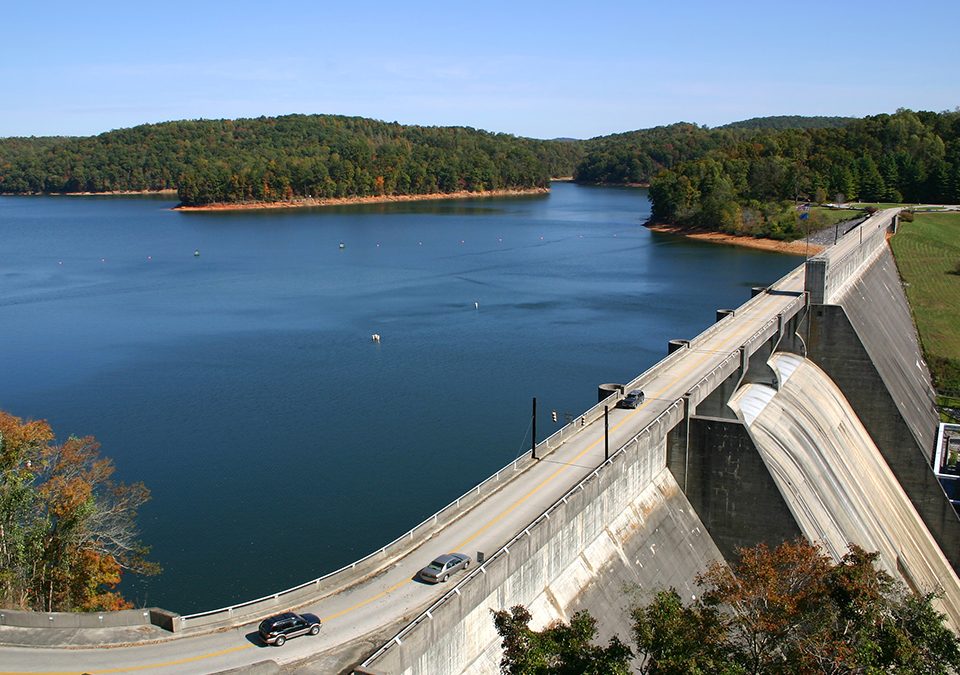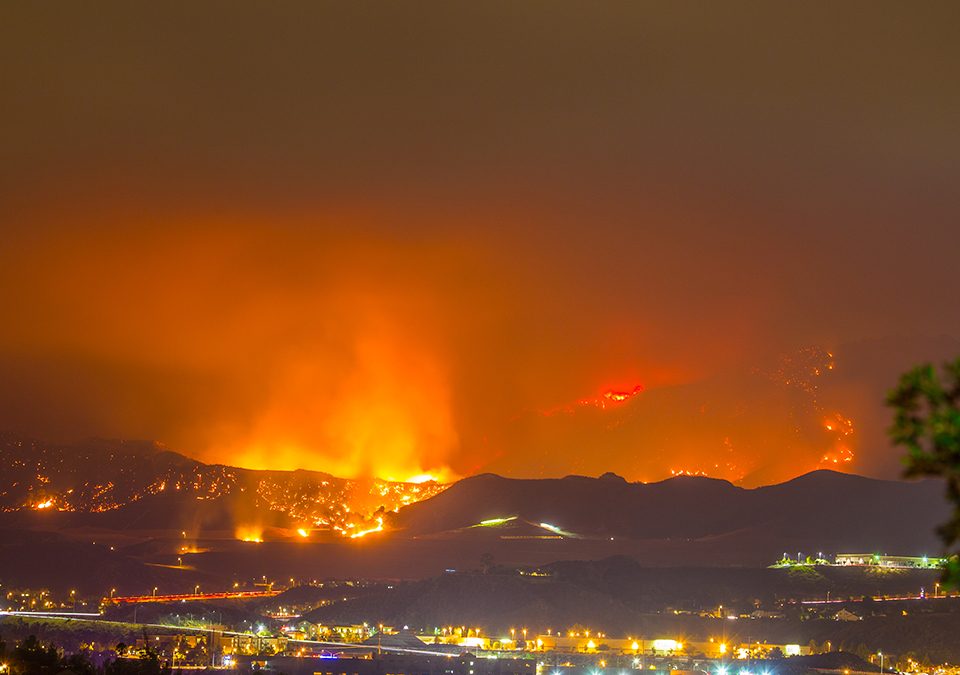Eisenhower’s Nuclear Legacy Holds Steady At Vogtle

Germany is Having Problems Leaving Coal Behind
November 28, 2018Maryland Deregulation Comes Into Focus
December 13, 2018This week, PACE is pleased to feature a guest blog by Dr. David Gattie, a faculty member at the University of Georgia with deep expertise in energy policy, and co-author of our 2017 paper on smart approaches to private solar net metering. You can check out his blog at davidgattieblog.wordpress.com. He’s also a frequent Tweeter @DavidGattie.
On November 11, 1952, seven days after his election, President-elect Dwight Eisenhower met with Roy Snapp, Secretary of the U.S. Atomic Energy Commission, to be briefed on the status of nuclear energy in America—an energy resource with the potential to impact the world as never before. Eisenhower would eventually develop a national policy so-named, “Atoms for Peace”, whereby the U.S. would develop the world’s premier nuclear energy program and provide leadership in the global cycle of nuclear technology.
This meeting took place at the Augusta National Golf Club in Augusta, Georgia, where, sixty-six years later, the only nuclear power project in America is under construction just forty-one miles down the road—Plant Vogtle Units 3&4.
Eisenhower’s vision was realized over time as the U.S. developed a nuclear power enterprise that, since 1969, has provided the U.S. with over 24 billion megawatt-hours of reliable, zero-carbon electricity. However, this development wasn’t the result of a natural course of U.S. innovation, even though America certainly had the science and engineering expertise to do so. Rather, the development of a nuclear power program of this magnitude and scale required a public-private partnership whereby the inherent risks of research and development would be shared in order to reach a strategic objective. The rationale being, nuclear energy was of such national security importance that it couldn’t be left to market forces alone since markets couldn’t recognize national security value. Both the Republican and Democratic parties understood that U.S. leadership in nuclear science, engineering and technology was a matter of national security, as evidenced by their respective 1956 party platforms where both sought the mantle of U.S. nuclear champion.
Today, America’s once-dominant nuclear power program is facing strong headwinds as one-third of U.S. nuclear plants are unprofitable or face early closure due to inexpensive natural gas or subsidized renewables. Many of these plants are in deregulated markets where long-term, strategic resource planning is not inherently considered. While it might seem appropriate for a commodity to be chased from the market based on short-term prices and marginal costs, nuclear energy isn’t just another market commodity—its intrinsic national security value sets it apart as fundamentally different with strategic importance. This was understood in the early years of the U.S. nuclear program.
Moreover, the world is facing the specter of climate change which may be one of the greatest existential threats facing civilization today. Yet, some claim America doesn’t need nuclear power and can meet U.S. electricity needs and climate objectives with 100% renewables. To level-set this, consider that in 2017 forty-five states generated electricity from solar. Forty-two of those states generated 18,877,066 MWhrs from 11,346 MW of total solar capacity, meaning these facilities generated electricity only 19% of the time. Vogtle Units 3&4, alone, will generate this much electricity in one year, day and night, without respect to weather or nightfall.
This isn’t to dismiss the solar resource—Georgia is among the nation’s leaders in expanding its solar capacity. Rather, since Georgia is the only state expanding both nuclear and solar, this highlights the strength of the regulated market structure, which has allowed Georgia policymakers to do what early U.S. nuclear policy makers envisioned—develop long-term, strategic energy policy that facilitates the growth of nuclear power and sustains America’s global leadership in the nuclear field.
In 1952, U.S. policymakers committed the U.S. to becoming the world’s nuclear leader. Yet, today, that leadership is threatened by such nations as China and Russia where nuclear energy is valued as a strategic resource, not just a market commodity, and nuclear programs are growing domestically and abroad.
We can’t know what President Eisenhower might say if he were here today and could see his vision for nuclear power fading from America’s industrial complex. But, it’s likely he would be deeply disturbed to see that China and Russia are doing more to promote his vision for nuclear energy at the global scale than is America. Moreover, when the national security implications of a declining U.S. nuclear enterprise are combined with the specter of climate change and the contention by some that renewables alone can stand up to such a global challenge, he may very well shake his head in bewilderment as to what had become of America’s common sense.
Fortunately, Eisenhower’s vision has a pulse forty-one miles down the road from that historic meeting in Augusta back in November of 1952.
Online recommendations
- Non Gamstop Casinos
- Casino Online Nuovi
- Casino Non Aams
- Slot Sites UK
- Non Gamstop Casino
- UK Online Casinos Not On Gamstop
- UK Online Casinos Not On Gamstop
- Casino Sites Not On Gamstop
- Online Casinos
- Best Non Gamstop Casinos
- Non Gamstop Casino Sites UK
- Non Gamstop Casinos UK
- UK Betting Sites Not On Gamstop
- Casinos Not On Gamstop
- Non Gamstop Casinos
- Non Gamstop Casinos
- Best Non Gamstop Casinos
- UK Online Casinos Not On Gamstop
- Casino Sites Not On Gamstop
- Non Gamstop Casino
- Casino Not On Gamstop
- Casinos Not On Gamstop
- New Non Gamstop Casinos No Deposit Bonus
- Casino Non Aams
- Migliori Casino Online
- Crypto Casino
- Meilleurs Sites De Paris Sportifs Belgique
- 出金早いオンラインカジノ



